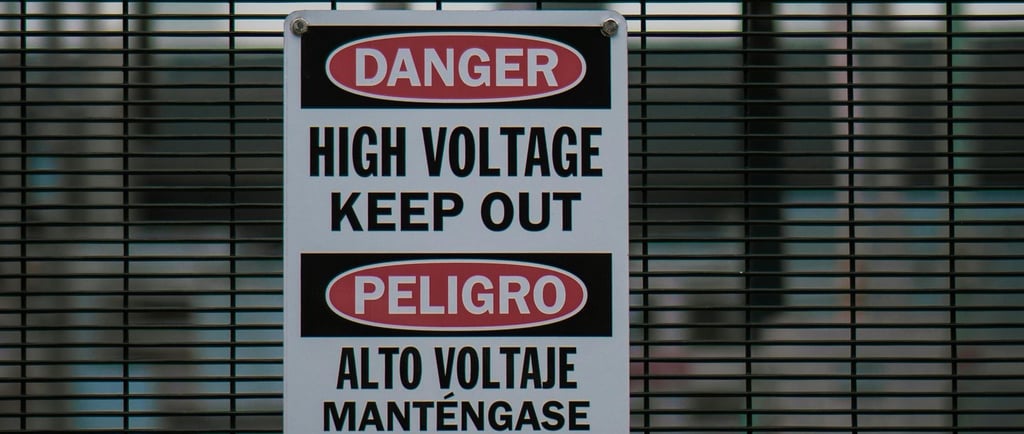Understanding Electrical Faults
Learn about what are electrical faults, what causes them and how to prevent them.
SWITCHGEAR AND PROTECTION
Our homes and workplaces are reliant on a steady flow of electricity to power everything from essential appliances to lifesaving medical equipment. But what happens when that flow is disrupted? An electrical fault is the culprit behind these disruptions, and understanding them is key to electrical safety.
In essence, an electrical fault is any abnormality in a circuit that causes the current to deviate from its intended path. This can happen in a few ways, but the most common culprits are:
Short Circuits: Imagine a highway suddenly collapsing, forcing traffic to take a dangerous shortcut. In a short circuit, a live wire comes into contact with a neutral or ground wire, allowing a surge of current to flow through an unintended path. This can cause overheating, sparks, and damage to equipment.
Open Circuits: Here, the current flow is interrupted entirely. Think of a broken bridge on the highway. Open circuits can be caused by a blown fuse, a tripped circuit breaker, or a physical break in a wire.
Ground Faults: When a live wire touches a grounded surface, like a metal conduit or even the earth itself, current escapes its intended path. This can be dangerous as it can cause a shock hazard.
What causes these electrical faults? The reasons are varied and can include:
Faulty Wiring: Over time, wires can become damaged or frayed, increasing the risk of a short circuit.
Overloaded Circuits: Plugging in too many appliances or exceeding a circuit's capacity can cause it to overheat and trip a breaker, or worse, lead to a fault.
Environmental Issues: Moisture, extreme temperatures, and even pests can all damage electrical components and contribute to faults.
Aging Infrastructure: As electrical systems age, the risk of faults due to worn-out components increases.
So, how can you protect yourself from electrical faults? Here are some key tips:
Regular Inspections: Have a qualified electrician inspect your home's wiring periodically, especially if your home is older.
Don't Overload Circuits: Be mindful of how many appliances you use on a single circuit.
Beware of Water Damage: Keep electrical components away from water sources to prevent shorts.
Invest in Surge Protectors: These devices can help safeguard your electronics from sudden voltage spikes.
Know When to Call a Professional: If you suspect a fault, don't attempt to fix it yourself. Call a qualified electrician to diagnose and address the issue.
By understanding electrical faults and taking steps to prevent them, you can ensure the safe and reliable flow of electricity in your home or workplace. Remember, electrical safety is paramount, so don't hesitate to seek professional help when needed.


